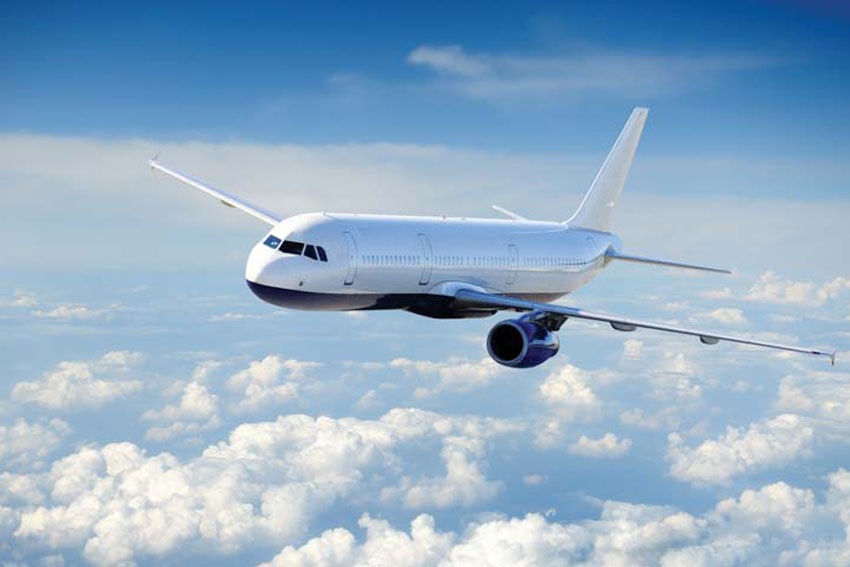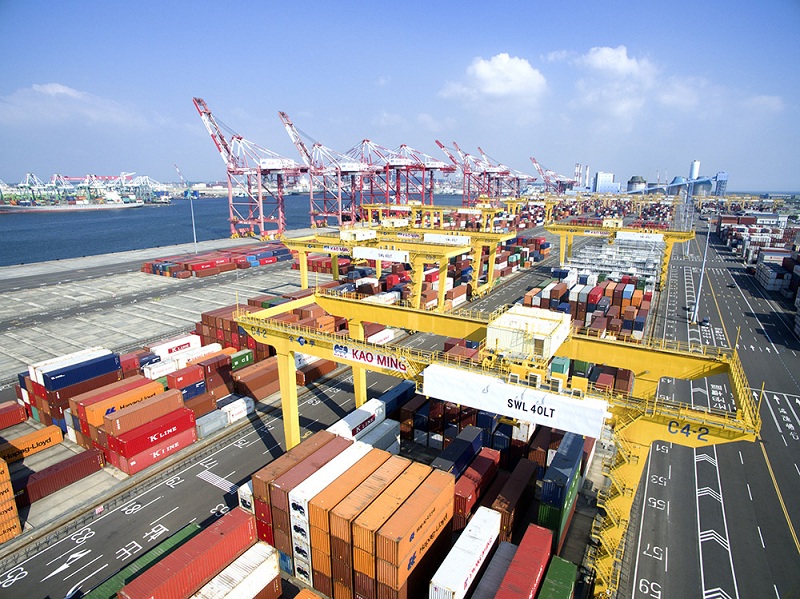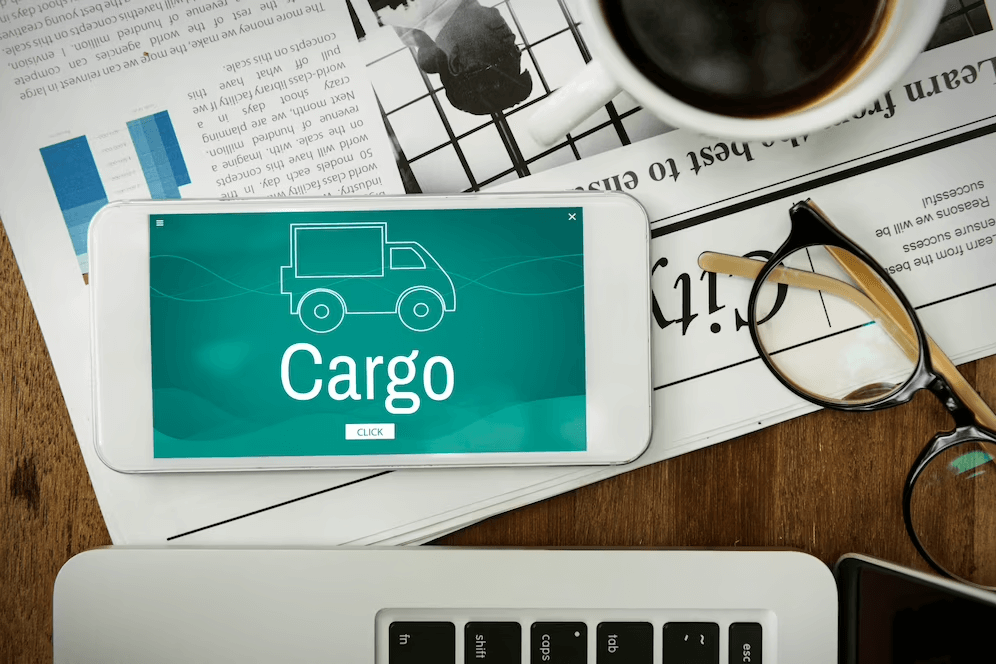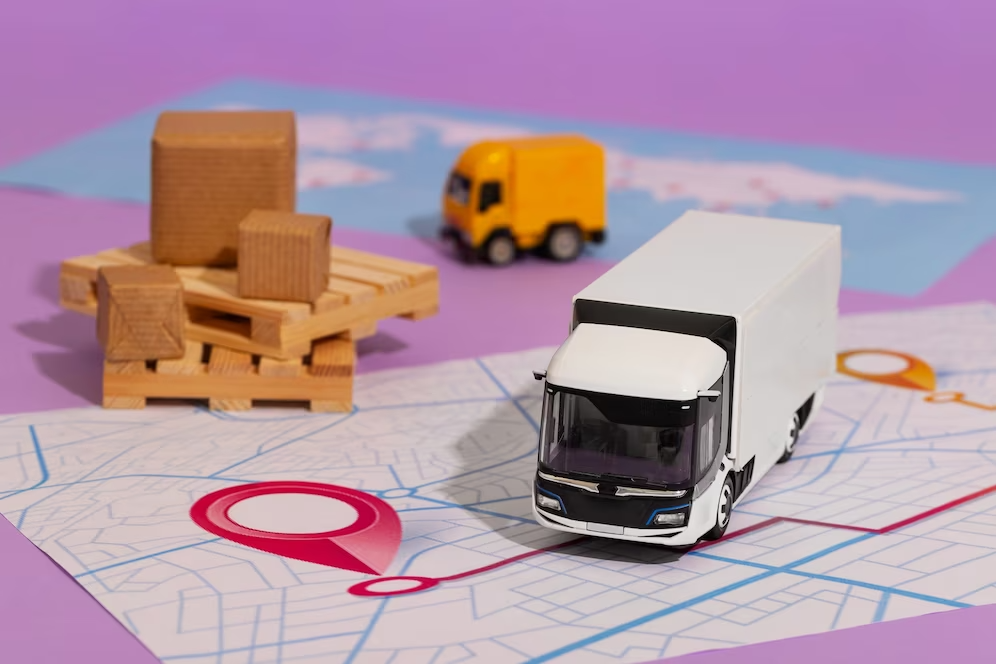Air waybill (AWB): Meaning, quantity, types and examples
Air Transport? You will need an air waybill (AWB).
Keep reading to learn what an AWB is, what information it includes, how to get an AWB, and more.

What is an air waybill (AWB)?
Air waybill, also known as air waybill, is a mandatory shipping document for air transport. It contains detailed information about your shipment and allows it to be tracked.
The AWB is a legally binding document when signed by all parties involved.
Here is some information found in the AWB:
Shipping carrier details
Consignor/shipper details
Consignee/recipient details
Departure airport code
Destination airport code
Number of items (number of packages or pallets)
Description of goods (weight, size, condition)
HS code
Value of goods going through customs procedures
Special handling instructions, if required
Payment information and shipping fees
Insurance details
Contract terms and conditions
Date, time and place of contract performance
The number consists of 11 digits
What is an air waybill used for?
Used for both domestic and international air freight forwarding, AWB serves several functions:
Invoice or bill of lading
Contract between carrier and shipper
Proof of receipt of goods from the carrier
Certificate of air transport insurance
Necessary documents for customs declaration
Instrument for conveying handling instructions
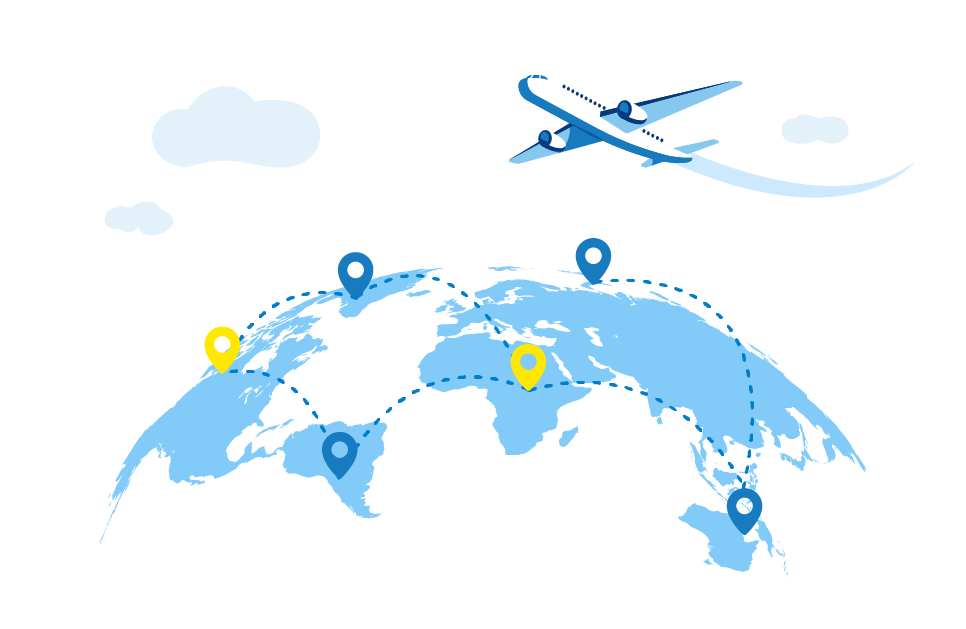
How can you receive the air waybill?
For air shipments, carriers and freight forwarders provide the air waybill. If you are an importer or exporter, your freight forwarder will share the air waybill with you.
Each international air waybill is issued with at least eight different color sets:
Green: Copy of carrier
Blue: Shipper's copy
Pink: Recipient's copy
Yellow or brown: Receive goods
White: 4 or more copies for various purposes, such as customs and airports
LOOKING FOR A QUOTE FOR AIR TRANSPORTATION?
What is the air waybill number?
The air waybill number (AWB number) is a unique identifier used to track your shipment. It is an 11-digit number divided into three parts. Below is an example of an air waybill:
| AWB NUMBER | 11-digits | 99953729071 |
| First three digits | Carrier / Airline prefix | 999 |
| Next seven digits | Serial number of AWB | 5372907 |
| Last digit | Check digits. This number is equal to the remainder when the 7-digit serial number is divided by 7. For example, when 5372907 is divided by 7, the remainder is 1. | 1 |
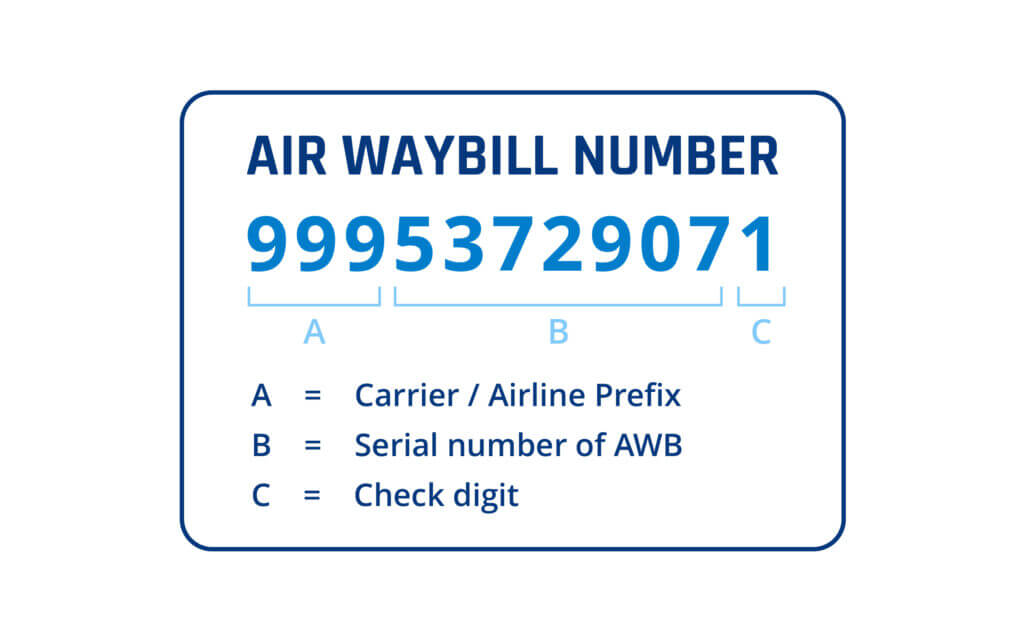
What are the different types of air waybills?
There are two types of air waybills: main air waybill (MAWB) and home air waybill (HAWB).
The MAWB is issued by a carrier to a freight forwarder. It can include several different shipments because when freight forwarders place goods with a carrier, they consolidate the shipments and place them together. MAWB is the forwarder's contract with the carrier for all such shipments.
A HAWB is issued by freight forwarders to each individual importer or exporter after their shipment is received. It only covers their specific goods.
Here are some more details about these different types of air waybills:
| Master Air Waybill (MAWB) | House Air Waybill (HAWB) |
| Has the airline or carrier's logo | There is no carrier logo |
| Issued by the actual carrier or their agent | Issued by the freight forwarder |
| States the terms and conditions of the carrier | States the terms and conditions of the forwarding company |
| Contains only one number: the MAWB number | Contains two numbers: HAWB and MAWB |
| Adheres to IATA rules or any of the international air conventions | May or may not be subject to regulations put forth by IATA or other international air conventions |
Air waybill vs bill of lading
Air waybills are similar to bills of lading (BoL): both are contracts issued by cargo carriers. However, air waybills are used only for air transport and bills of lading are used for sea transport as well as rail and other freight.
Here are some differences between air waybill and bill of lading:
| Air Waybill (AWB) | Bill of Lading (BoL) |
| Used for air freight | Used for ocean, road, and rail freight |
| Non-negotiable | Can be negotiable or non-negotiable |
| Signed by shipper and carrier | Signed by shipper, carrier, and receiver |
| Acts as a legal contract of carriage | Acts as a title and receipt of delivered goods |
| Not used with Incoterms: FAS, FOB, CIF, and CFR | Can be used with all incoterms |

